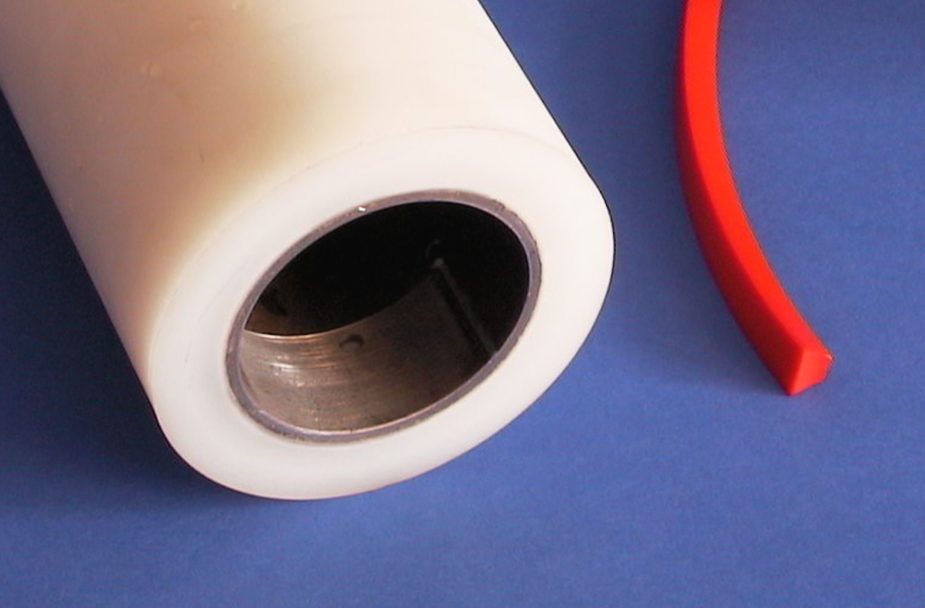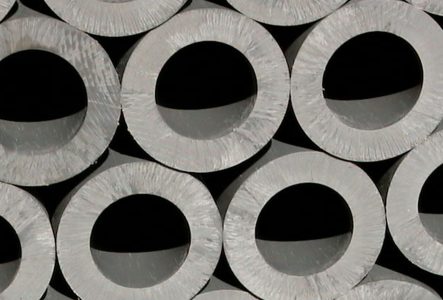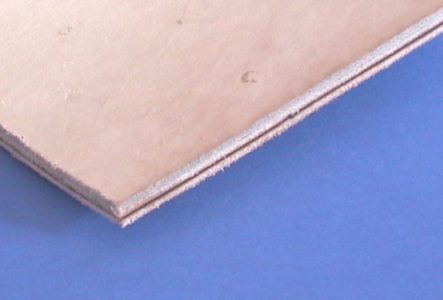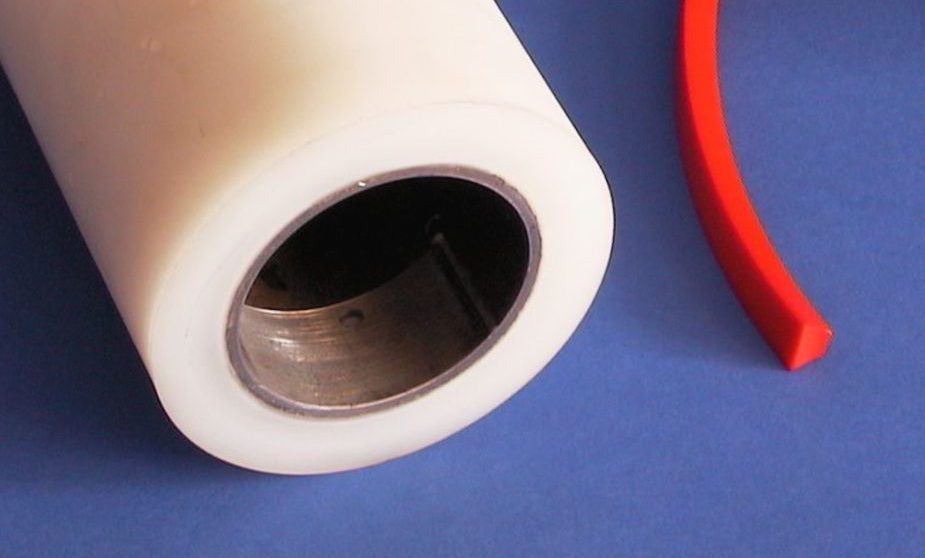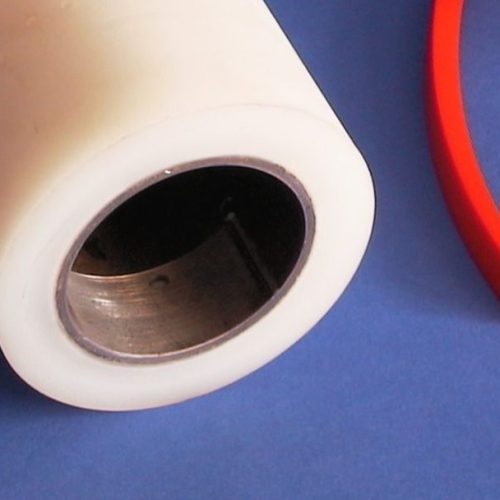Brush bodies
Brush bodies
Generalities
The filaments are attached to a rigid support that forms the ‘brush body’. The materials used are mainly synthetic, but also natural or metallic.
| Materiale | PS | A | Tmax | Tmin | R | RE | RC | D | FDA | Uso prevalente |
|---|---|---|---|---|---|---|---|---|---|---|
| PVC | 1.40 | 0.05 | +60 | -5 | 55 | 10¹⁵ | XX | 80 | Spazzole senza particolari specifiche tecniche | |
| PA | 1.13 | 10 | +95 | -30 | 70 | 10¹¹ | X | 75 | ✓ | Alimentare |
| PP | 0.91 | 0.03 | +100 | 0 | 35 | 10¹⁷ | XX | 70 | ✓ | Alimentare, ambiente umido o climaticamente aggressivo, grandi spazzole a rullo |
| PE | 0.96 | 0.02 | +80 | -50 | 28 | 10¹⁶ | XXX | 65 | ✓ | Grandi spazzole piane, ambiente climaticamente aggressivo |
| POM | 1.41 | 0.50 | +100 | -50 | 65 | 10¹⁵ | X | 80 | ✓ | Alimentare, lavorazioni meccaniche di precisione |
| PET | 1.34 | 0.50 | +110 | -20 | 55 | 10¹⁴ | XX | 80 | ✓ | Alimentare, lavorazioni precise e ambiente aggressivo |
| PTFE | 2.18 | +120 | 25 | 10¹⁸ | XXX | ✓ | Alimentare, ambiente caldo | |||
| PEEK | 1.32 | 0.50 | +180 | -20 | 95 | 10¹⁶ | XX | Alte temperature di esercizio | ||
| PUR | 1.30 | +85 | -20 | 43 | XXX | 40 | Spazzole a cinghia | |||
| LEGNO | 0.72 | 25 | +300 | 130 | 10¹² | X | 60 | Alte temperature, spazzole leggere | ||
| MULTISTRATO | 0.67 | 37 | 10¹² | X | 65 | Alte temperature, spazzole lineari | ||||
| CUOIO | 0.85 | 60 | +110 | -30 | - | XX | 40 | Spazzole a cinghia di grosse dimensioni | ||
| ALLUMINIO | 2.70 | - | +200 | 300 | 2.8 x 10-⁶ | XX | - | Spazzole rigide ed antistatiche | ||
| OTTONE | 8.50 | - | +280 | 420 | 7 x 10-⁶ | XXX | - | Corpo spazzole con elevata resistenza meccanica | ||
| ACCIAIO | 7.85 | - | +450 | 500 | 1.2x10-⁵ | X | - | Spazzole motorizzate | ||
| INOX | 7.90 | - | +600 | -150 | 515 | 1.2x10-⁵ | XXX | - | ✓ | Spazzole motorizzate, uso alimentare |
PS: specific weight (Kg/dm³)
A: water absorption (%)
T max: maximum operating temperature (°C)
T min: minimum operating temperature (°C)
R: tensile breaking load (N/mm²)
RE: Electrical Resistance (Ohm cm)
RC: chemical resistance (X = poor, XX = sufficient, XXX = good)
D: Hardness (ShD)
FDA: for food use according to Food and Drug Administration (U.S.A.) Room temperature only
All synthetics are available in sheets, solid and perforated bars, and in some cases also in shaped profiles.
PVC
Hto excellent processability and cold dimensional stability. However, it cannot be used in hot environments or for food use. Its deformability with temperature can be exploited to perform excellent hot-mounting of perforated bars on metal pipes.
PA (Nylon)
It has good mechanical and elastic properties, but is less workable than PVC and tends to deform during processing. It is well suited for food use (only at room temperature).
PP
It has lower mechanical properties than PA and is also available in tubes, making it suitable for the manufacture of large roller brushes, where other products would waste a lot of material. It also lends itself well to injection moulding. It resists chemicals well.
PE
As it is a soft material, it allows high processing speeds and is also relatively light, making it suitable for building large slab brushes. It also has a low coefficient of friction. It resists chemicals well.
POM(Acetal Resin)
It is a material widely used in brushes of higher technical value, as it has excellent workability, dimensional stability, temperature resistance and is suitable for food use. Available in H (homopolymer) and C (copolymer) versions.
PET
It has similar characteristics to POM, plus it has good resistance to chemicals.
PUR (polyurethane)
It is often used in the construction of belt brushes due to its deformability. It is also used as a coating for metal cores.
PTFE (Teflon)
It is used as a temperature-resistant material and when sliding on metal floors or shafts is required.
PEEK
It is a technological material that is used exclusively for its resistance to high temperatures.
Wood
Before the advent of synthetics, wood was practically the only material used to make industrial brushes. But even today, due to its ability to withstand high temperatures and its lightness, it is still a material used in technology. It is of utmost importance to use only carefully seasoned wooden boards, to avoid bending and breaking during brush work.
Multilayer
It has great dimensional stability and flatness, and has the advantage of being available in sheets of various thicknesses. Marine plywood can also work in water.
The diagram shows how a plywood board returns to normal from the situation of maximum water absorption.
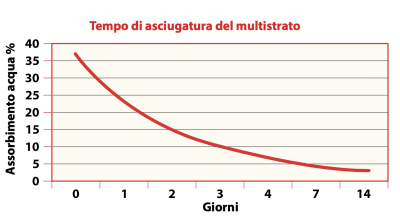
Leather
It is another material used for belt brushes, and has about the same hardness as PUR. With leather, belts of considerable width can be made, and it is often laminated with a layer of nylon or PP to increase its rigidity. The most commonly used leather is that treated with chrome.
Aluminium
It makes it possible to build very strong and light brush bodies, and at the same time is soft enough to be inset with automatic machines, albeit much faster than plastics. It has high dimensional stability. It is also an excellent electrical conductor, which is why it is also used in the manufacture of anti-static brushes.
Brass
It has high mechanical strength and great stability even at very high temperatures. It also has excellent workability.
Steel
It is mainly used as a core for roller brushes in the form of tubes, shafts, bushings, flanges. Or it is used as a body for hand-sewn brushes. There are many steel grades available for brush bodies, including stainless steel (AISI 304), in bar or plate format.
Synthetic materials have a hardness characteristic of the polymer of which they are made.
When a batch of synthetic rods or sheets enters the factory, its hardness is also checked by means of a durometer on the Shore D scale (or Shore A for softer materials such as PUR).
Hardness is also indirectly related to other characteristics such as the breaking load R. Each material has a range of acceptability, if the result falls outside this range it is rejected.
This control eliminates faults due to incorrect material manufacture, thus guaranteeing consistent quality in the supply of brushes. In the case of metal bodies, whether turned or milled, quality control is of the dimensional type; various high-precision instruments are used for this purpose.
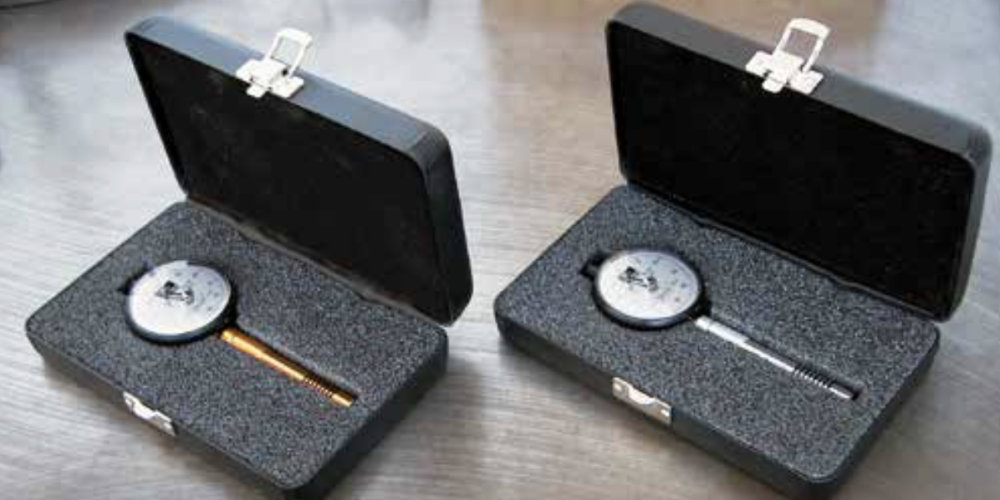
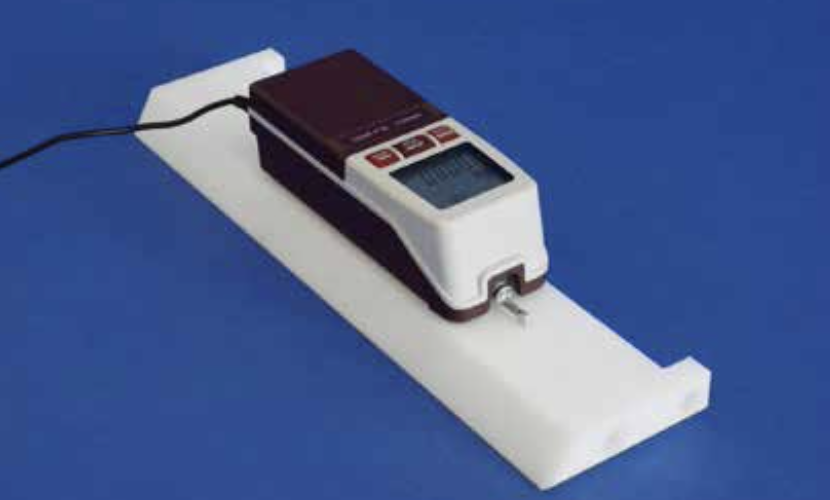
Frequently asked questions
The special feature of the brush is that the working surface consists of millions of individual elements, which are the ends of individual filaments.
This gives the brush an adaptability that no other element, however deformable, can have.
It depends on various factors. In a nutshell, it can be said that 2 mm is a good compromise. The important thing is that the brush filaments work ‘on the tip’ and not on the side.
Depending on the materials used and the dimensions, there is a limiting tensile load that an individual bundle can withstand.
Beyond this limit, the bundle comes off, so the brush must be calculated according to use. This limit can be greatly increased by constructing ‘sewn’ or ‘tied’ brushes by hand, where instead of a single anchoring element, a continuous steel wire is placed.
This can only happen if the brush has a manufacturing defect, like any other type of object (e.g. a roller made of silicone flakes, one of which is defective and breaks).
When it is important that no contamination occurs, synthetic (not natural) fibres with a diameter greater than or equal to 0.15 mm should be used.
Practically all degrees of hardness are possible, from very soft to very hard. In fact, hardness is a combination of the filament diameter, its free length and the density of the bundles.
Of course, we can provide FDA or FOOD GRADE certification and filament traceability.
Unfortunately not, as it is the machine + brush assembly that needs to be ATEX certified, not the brush alone.
However, it is possible to supply the materials that the certifier requires, e.g. conductive bases, conductive filaments, etc.
Generally speaking, it is possible, but one has to assess whether it is cost-effective, which is not always the case. In addition, in the case of a punched brush, it is inadvisable to regenerate the brush more than twice, so as not to reduce the tightness of the bundles.

